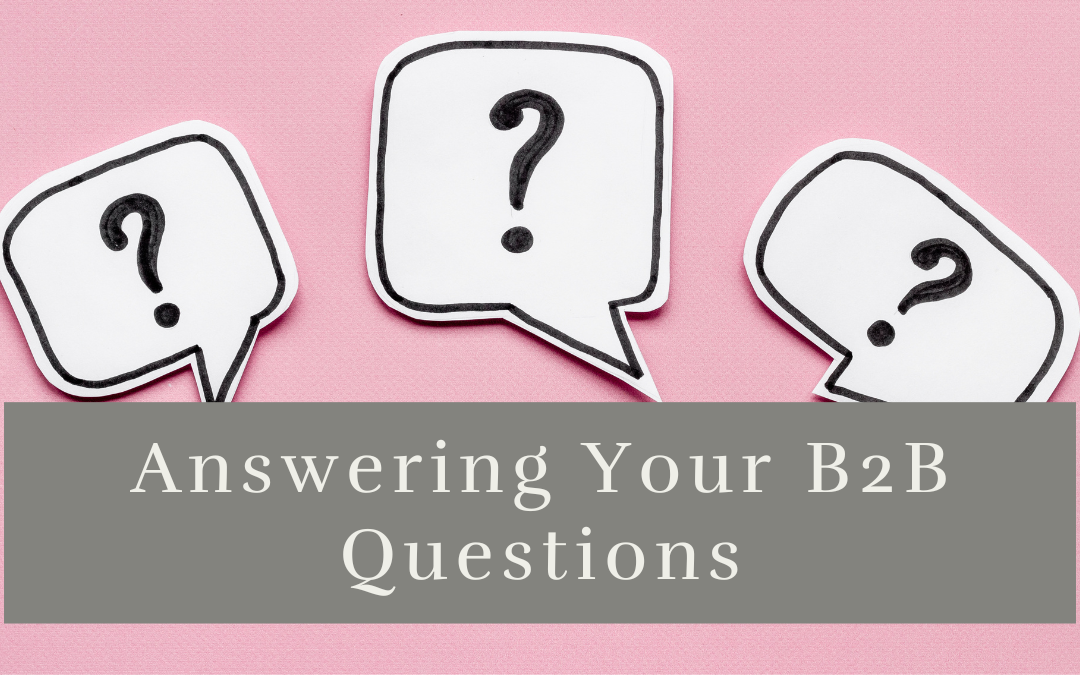What’s the difference between Google Display Network (GDN) and Programmatic via DSP?
One of the most often asked questions by B2B advertisers is, “What’s the difference between Google Display Network and Programmatic via a DSP”.
First, let’s define a few the term DSP. What It Is: A Demand Side Platform, used to secure ad inventory on websites, apps, and media channels. This is ad inventory that is sold off of your publication site that can be targeted to reach your publication readers, people who look like your readers, and potential customers for a business.
Google’s Display Network (GDN) can reach about 70% of the internet. GDN, is one of over 25 ad networks on which January Spring buys ad inventory. As a result, we can reach about 95% of the internet. That means the audience is bigger and more robust when you buy programmatic through your partnership with us vs buying Google as a self-serve solution.
Video with Google Display is primarily fulfilled by YouTube, versus in Programmatic we can buy pre-roll, mid-roll and most importantly streaming TV, giving us more options.
When it comes to targeting, GDN tends is typically only Geotargeted without the hypertargeting options available through January Spring with geo-fencing, event targeting or household targeting.
Things to consider when comparing GDN to Programmatic.
- Confirm the optimization strategy.
- Was the campaign purchased on CPC, CPM? What was the budget? Make sure it’s an apples-to-apples comparison.
- Did the GDN campaign run mostly on mobile app?
- We can see higher CTR’s on in-app inventory; however, click quantity may not be high.
- Is the CTR too good to be true?
- Sometimes a CTR may look uncomfortably high on certain domains. Often our platform will have these domains universally blacklisted out of an abundance of caution. We take click fraud very seriously and high CTRs don’t always translate to effective campaigns.

